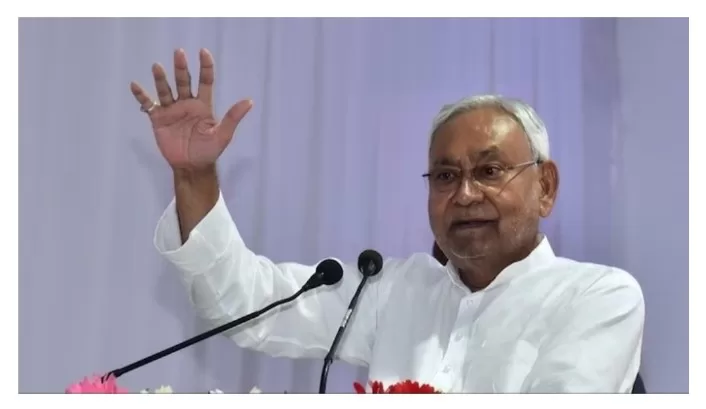In a recent development, the Bihar assembly is poised to convene its winter session, a significant event as it marks the first sitting of the House following the release of the caste survey results earlier this month. A notification for this session was officially issued on Monday.
This move follows a statement by Chief Minister Nitish Kumar, who declared that the educational and socio-economic data from the survey would be presented within the House. Kumar, however, declined to comment on the potential extension of reservation policies, emphasizing that a decision would only be made after a thorough review of the survey findings. He stated, “We will listen to all perspectives and then decide on the appropriate course of action. The government will take necessary steps, but I refrain from providing any preliminary comments.”
The highly-anticipated survey results were made public on October 2, marking the culmination of an extensive undertaking that has the potential to reshape the political landscape, placing caste considerations at the forefront of discussions in the lead-up to the 2024 national elections.
This survey is expected to have significant political ramifications, akin to what many have dubbed the “second Mandal moment.” The opposition Indian National Developmental Inclusive Alliance, comprising Bihar’s ruling Rashtriya Janata Dal and Janata Dal (United), has been advocating for a nationwide caste census to counteract the Bharatiya Janata Party’s efforts to include less-dominant backward and Dalit groups under a broader Hindu umbrella.
The BJP has incorporated leaders from marginalized castes into its ranks, effectively challenging the earlier perception that the party predominantly catered to its traditional voter base among the upper castes.
Bihar’s ruling alliance is expected to propose an increase in reservations for backward castes in job opportunities and educational institutions, aligning with their population percentage as indicated by the survey.
This landmark survey stands out as the first comprehensive government headcount of all castes since India’s independence, revealing that nearly two-thirds of Bihar’s population comprises backward communities. This diverges from India’s decennial census, which only takes into account the Scheduled Castes (SC) and Scheduled Tribes (ST).
The survey delineates the population statistics in detail, showing that extremely backward communities (ECB), comprising 112 different castes, constitute 36.01% of the population. Additionally, backward castes, represented by 30 distinct communities, account for 27.12%. Collectively, the other backward classes (OBC), including backward castes and ECBs, comprise a significant 63.13% of the state’s population. Scheduled Castes make up 19.65%, and Scheduled Tribes represent 1.68% of the population.
This development brings considerable attention to Bihar and its evolving political landscape, with implications for the broader discourse on reservation policies and political alliances. The forthcoming session of the Bihar Assembly is anticipated to play a pivotal role in shaping the future course of action based on the caste survey findings.




